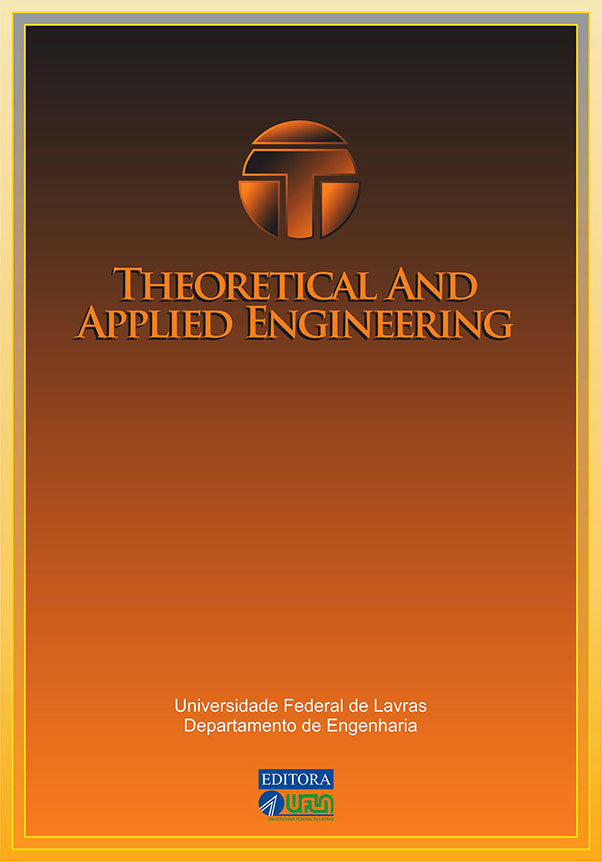Evaluating the efficiency of the biospeckle laser graphical outcomes in seeds
Main Article Content
Abstract
Seeds are a fundamental input in food production programs, as well as in the restoration and conservation of ecosystems. Consequently, their physiological potential, specifically vigor, has become a key parameter for evaluating germination capacity and seedling establishment. Biospeckle Laser (BSL) technology has been increasingly used in seed vigor studies as a complement of the traditional tests. The objective of this work was to evaluate the graphical outcomes provided by the BSL in seed vigor analysis. Seeds from commercial species (maize, soybean and common bean) and native forest species (purple trumpet tree and yellow poinciana) were analyzed. Seeds were illuminated by a 632 nm laser at zero and four hours of imbibition, and the speckle images were assembled and analyzed using four graphical outcomes: the Generalized Differences (GD), the Graphical Average Value of the Differences (GraphAVD), the graphical Inertia Moment (GraphIM), and the Fujii method. The graphical outcomes represent the activity maps of the seeds, and the results presented a different response provided by the Fujii method in comparison with the other methods. The graphical analysis GD, GraphAVD, and GraphIM proved suitable for assessing seed vigor after four hours of imbibition. Among these, the GraphAVD highlighted the ability to simultaneously detect regions from low to high biological activity including the areas with medium activity. Additionally, it was possible to distinguish the viable from the non-viable purple trumpet tree seeds.
